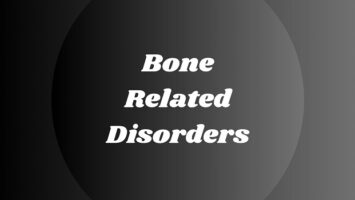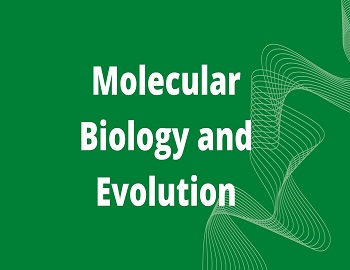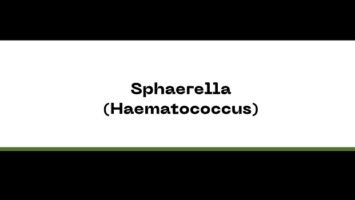Function of Thymus and Bone Marrow in Immune Mechanism:
The human body has the ability to resist almost all types of organisms or toxins that tend to damage tissue and organs. This capacity is called immunity. Much of the immunity is caused by a special immune system that forms antibodies and activated lymphocytes that attack and destroy die-specific organisms or toxins. This type of immunity is called acquired immunity. However, an additional portion of the immunity results from general processes rather than from processes directed at specific disease organisms. This is called innate immunity.
Role of Lymphoid Tissue in Acquired Immunity- Acquired immunity is the product of the body’s lymphoid tissue. The lymphoid tissue is located most extensively in the lymph nodes, but it is also found in special lymphoid tissues such as that of the spleen, submucosal areas of the gastrointestinal tract, and the bone marrow. The lymphoid tissue is distributed very advantageously in the body to intercept the invading organisms or toxins before they can spread too widely. For instance, the lymphoid tissue of the GIT is exposed immediately to antigens invading through the gut. The lymphoid tissue of the throat and pharynx (the tonsils and adenoids) is extremely well-located to intercept antigens that enter by way of the upper respiratory tract. The lymphoid tissue of the spleen and bone marrow plays the specific role of intercepting antigenic agents that have succeeded in reaching the circulating blood.
Though most of the lymphocytes in normal lymphoid tissue look alike when studied under the microscope, these cells are distinctly divided into two major populations. One of the population is responsible for forming the activated lymphocytes that provide cell-mediated immunity and the other for forming the antibodies that provide humoral immunity.
Both of these types of lymphocytes are derived originally in the embryo from pluripotent haemopoietic stem cells that differentiate and become committed to form lymphocytes. The lymphocytes that are formed eventually end up in the lymphoid tissue, but before doing so they are further differentiated or “preprocessed” in the following ways.
Those lymphocytes that are eventually destined to form activated lymphocytes first migrate to and are preprocessed in the thymus gland, for which reason they are called T lymphocytes. These are responsible for cell-mediated immunity i.e., they attack foreign materials (tissue transplants, fungi, parasites) by direct cell-to-cell contact.
The other population of lymphocytes is those that are destined to form antibodies that are preprocessed in some unknown area of the body, probably in the liver during mid-fetal life and in the bone marrow in late-fetal life and after birth. This type of cell was first discovered in birds in which the preprocessing occurs in the bursa of Fabricius, for this reason, lymphocytes are called B lymphocytes, and they are responsible for humoral immunity i.e., these B lymphocytes stimulate plasma cells to secrete antibodies that circulate in blood and inactivate antigen molecules produced by bacteria.
The Thymus gland, in addition to the formation of T lymphocytes, also secretes a hormone, called thymopoetin, that circulates through the body fluids and increases the activity of the T lymphocytes. This hormone is believed to cause further proliferation and increased activity of these lymphocytes. T cells are classified into three major groups:
(1) Cytotoxic T Cells or Killer Cells- Attack directly on microorganisms and release a cytotoxic substance directly into the attacked cell. The cytotoxic substance is probably mainly lysosomal enzymes manufactured in T cells. These cells play an important role in destroying cancer cells, heart transplant cells, or other types of cells that are ‘foreign’ to the person’s own body.
(2) The Helper T Cells- As their name implies they ‘help’ in functions of the immune system in multiple ways:
- Increasing the action of B cells, cytotoxic T cells, and suppressor T cells by antigens.
- These cells secrete a substance called interleukin-2, one of the lymphokines, that increases the activity of other T cells.
- They activate the macrophage system for efficient phagocytosis.
(3) Suppressor T Cells- Much less is known about the suppressor T cells, but they are capable of suppressing the functions of both cytotoxic and helper T cells because excessive immune reactions that might be severely damaging to the body so that these cells are also called as regulatory T cells.









Comments (No)